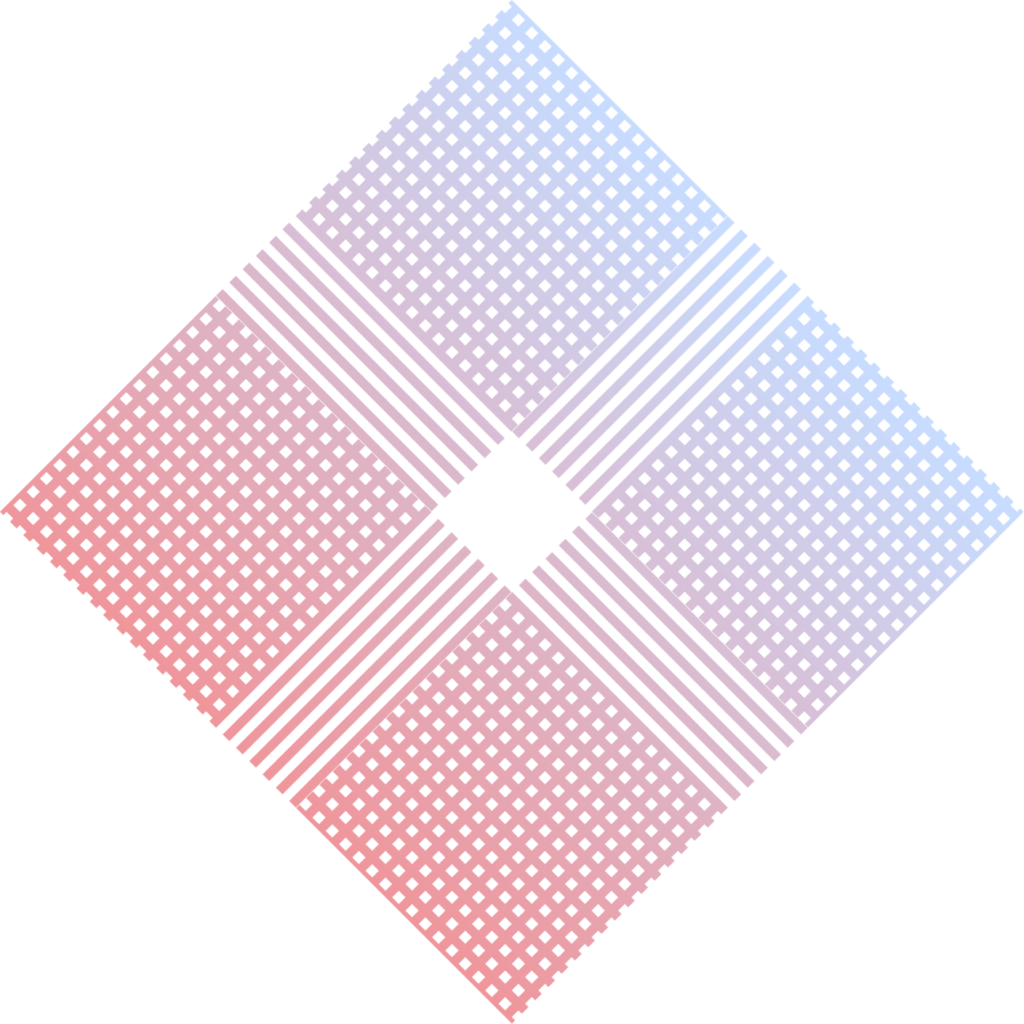Wearable App Development
Why Choose Tailwebss for Wearable device App Development?
From conceptualisation to realisation, Tailwebs is your partner in harnessing the power of wearable technology.
Learn more about our meticulous process tailored specifically for developing cutting-edge wearable apps, and how we can bring your innovative ideas to life.
Specialized Knowledge
Our developers possess specialized knowledge in wearable app development, understanding the unique challenges and requirements of this emerging technology.
Engaging Experiences
We craft wearable apps that deliver engaging and personalized experiences, leveraging the capabilities of wearable devices to their fullest potential.
Performance Optimization
We optimize the performance of wearable apps to ensure they run smoothly and efficiently, maximizing battery life and user satisfaction.
Intuitive User Interfaces
We design intuitive user interfaces for wearable apps, considering the limited screen real estate and interaction methods of wearable devices.
Seamless Integration
Our wearable apps seamlessly integrate with wearable devices, providing users with seamless connectivity and functionality.
Learn More about our Wearable App Development Services
Discover the endless possibilities of wearable app development with Tailwebs. Learn more about our approach, and technologies we work with, and explore successful projects we have delivered for our clients. Join us in transforming how we interact with technology through captivating wearable apps.
Things to consider when you want to build a wearabe app?
Embrace the future of technology with Tailwebs’s expertise in developing captivating apps for wearable devices. Our team stays ahead of the curve, creating innovative wearable apps that seamlessly integrate with smartwatches, fitness trackers, and more.
Do you really need it?
Building a wearable app doesn't need to be just the next cool thing to do! Only if you feel that your users might use or need a wearable app, you must build it.
The hardware platform
There are a number of different wearable devices on the market, each with its own strengths and weaknesses. You need to choose a platform that is right for your target audience and that will allow you to achieve your app's goals.
The user interface
The user interface (UI) of your wearable app is critical. Since wearable devices are typically small and have limited screens, you need to make sure that your UI is easy to use and navigate.
The battery life
Wearable devices typically have limited battery life, so you need to be mindful of how your app will impact battery usage.
The security
Wearable devices are often used to store sensitive data, such as health information or financial data. You need to make sure that your app is secure and that your data is protected from unauthorised access.
Process
Our process is simple and streamlined, and it is designed to help our clients achieve their goals through a process of continuous learning and improvement.
Ideation
We start by understanding your business goals and objectives. We then work with you to brainstorm ideas for your app and develop a high-level plan.
Design
We create wireframes and prototypes of your app to ensure that it meets your requirements. We also work with you to finalize the look and feel of your app.
Development
We use the latest development tools and techniques to build your app. We also work with you to ensure that your app is secure and compliant with all relevant regulations.
Quality assurance
We perform a rigorous quality assurance process to ensure that your app meets the highest standards of quality.
App submission
We submit your app to the App Store and Google Play Store. We also work with you to promote your app and drive downloads.
Maintenance
We provide ongoing maintenance and support for your app to ensure that it remains up-to-date and secure.
FAQ
Most frequent questions and answers
- Wearable app development is the process of creating apps that run on wearable devices.
- Wearable devices are typically small and portable, and they can be worn on the body or clothing.
- Wearable apps can be used for a variety of purposes, such as fitness tracking, navigation, and entertainment.
- The development of wearable apps is a relatively new field, but it is growing rapidly.
- If you are interested in developing wearable apps, you need to choose a wearable platform and learn how to develop apps for that platform.
- Finally, you need to create a wearable app that is both useful and engaging.
I hope this is helpful!
Tailwebs is a leading wearable app development company with over 8 years of experience. We have a team of experienced developers who are experts in the latest technologies. We also have a proven track record of success in delivering high-quality wearable apps.
There are many benefits to building a wearable app. Here are some of the most important:
- Increased convenience and accessibility: Wearable apps can be accessed hands-free, which makes them more convenient and accessible than traditional mobile apps. This is especially beneficial for people who are busy or who have limited mobility.
- Improved health and fitness: Wearable apps can be used to track health and fitness data, such as steps taken, calories burned, and heart rate. This information can be used to improve health and fitness goals.
- Enhanced productivity: Wearable apps can be used to stay connected with work or school, even when you’re on the go. This can help you to stay productive and organized.
- Personalized experiences: Wearable apps can be personalized to the individual user, which can lead to a more engaging and enjoyable experience. This can be done by tailoring the app’s features and content to the user’s interests and needs.
- New business opportunities: Wearable apps can open up new business opportunities by providing businesses with a way to connect with customers in new ways. For example, wearable apps can be used to deliver targeted marketing messages or to provide customer support.
Overall, wearable apps offer a number of benefits that can make them a valuable addition to any business or organization. If you’re considering developing a wearable app, be sure to weigh the benefits and challenges carefully before making a decision.
Here are some additional benefits of building a wearable app:
- Improved safety: Wearable apps can be used to track location and movement, which can help to improve safety. For example, wearable apps can be used to track the location of children or elderly people, or to monitor the movement of employees in hazardous environments.
- Enhanced entertainment: Wearable apps can be used to provide entertainment, such as games, music, and videos. This can make them a valuable tool for businesses that want to provide their customers with a more engaging experience.
- Increased brand awareness: Wearable apps can be used to increase brand awareness by providing a way for businesses to connect with customers on a more personal level. For example, wearable apps can be used to deliver branded content or to provide exclusive discounts and offers to users.
If you’re considering building a wearable app, be sure to do your research and create an app that is both innovative and useful. With careful planning and execution, your wearable app can be a valuable asset to your business or organization.
Whether or not you should develop a wearable app if you already have a mobile app depends on a number of factors, including your target audience and the purpose of your app.
If your target audience is people who are active and on the go, then a wearable app may be a good fit. Wearable apps can be used to track fitness data, provide notifications, and control other devices.
If your app’s purpose is to provide information or entertainment, then a wearable app may not be necessary. Mobile apps are typically more versatile and can be used in a wider range of contexts.
Ultimately, the decision of whether or not to develop a wearable app is up to you. Consider your target audience and the purpose of your app carefully before making a decision.
I hope this helps!
The challenges of building a wearable app:
- Small screen: Make text and graphics easy to read, simple UI.
- Limited battery life: Avoid battery-intensive features, work offline.
- Connectivity: Handle data synchronization.
- Security: Protect sensitive data, use encryption, implement security features.
- Development platform: Choose the right platform for your app.
- User testing: Test on a variety of devices and environments.
- Marketing: Reach your target audience, generate interest in your app.
- Support: Troubleshoot problems on a variety of devices and environments.
The time it takes to develop a wearable app can vary greatly, but it typically takes 2-4 months for a simple app and 6-12 months for a complex app.
The development time of a wearable app depends on a number of factors, including the complexity of the app, the experience of the development team, and the resources available.
- Complexity of the app: The more features and functionality an app has, the longer it will take to develop.
- Experience of the development team: A team of experienced developers will be able to build an app more quickly than a team of less experienced developers.
- Resources available: More resources = shorter development time.
If you are considering developing a wearable app, it is important to factor in the development time when making your decision. If you need an app quickly, you may want to consider a simpler app with fewer features. If you have more time, you can build a more complex app with more functionality.


